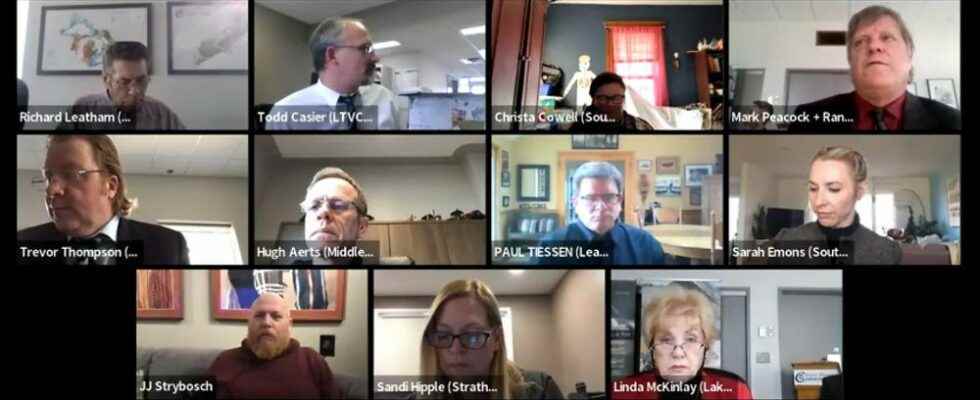Board members of the Lower Thames Valley Conservation Authority have approved a 1.76 per cent increase in municipal dollars put towards the organization’s budget, which sees increases for planning, phosphorus and species at risk.
That works out to $29,542 more in 2022 than in 2021. The overall budget will increase by 17.3 per cent, or $573,110 to a total of just under $3.9 million.
Mark Peacock, chief administrative officer with the authority, said the budget shows the organization moving towards a “post-COVID-19 setting.”
“The budget will look a bit more like what you’ve seen before two or three years ago,” he said during the Lower Thames’ annual general meeting this past week.
“However, our organization has changed a lot in the last three years. We’ve grown significantly. The revenues we have from grants, from programs – particularly, our conservation area visits – have considerably increased.”
Peacock noted staffing has also increased because the authority has received grants specifically for employment.
In a report to the board, Todd Casier, the Lower Thames’ manager of financial and administrative services, said the biggest changes were an increase to planning and regulations due to greater demand and changes to provincial legislation and large increases through grants to the phosphorus reduction and species at risk programs.
The planning and regulations budget will increase by almost $100,000 to just over $379,000.
The phosphorus program will increase to $783,559 from $599,579, with $783,559 covered in grants.
The species at risk program will increase to $300,481 from $227,251, with grants totaling $260,184.
Peacock said he expects next year’s budget will see some changes due to the province’s Bill 229, which has amended the Conservation Authorities Act and the Planning Act.
Lower Thames Valley Conservation Authority levy increase by municipality:
– Dutton Dunwich: 3.07 per cent
– Southwold: 3.5 per cent
– West Elgin: 2.13 percent
– Lakeshore: 3.1 percent
– Leamington: 3.95 per cent
– Chatham-Kent: 1.1 per cent
– London: 2.41 percent
– Middlesex Centre: 2.37 per cent
– Southwest Middlesex: 1.84 percent
– Strathroy-Caradoc: 3.68 per cent
